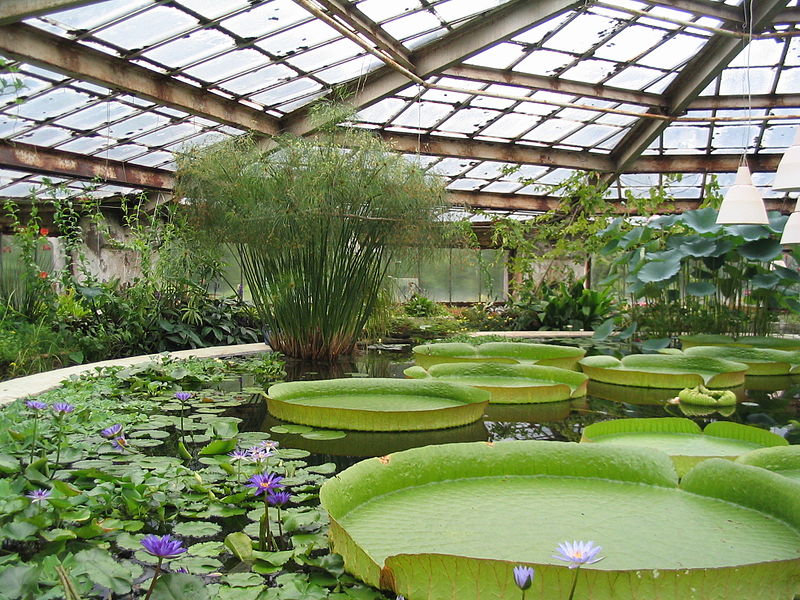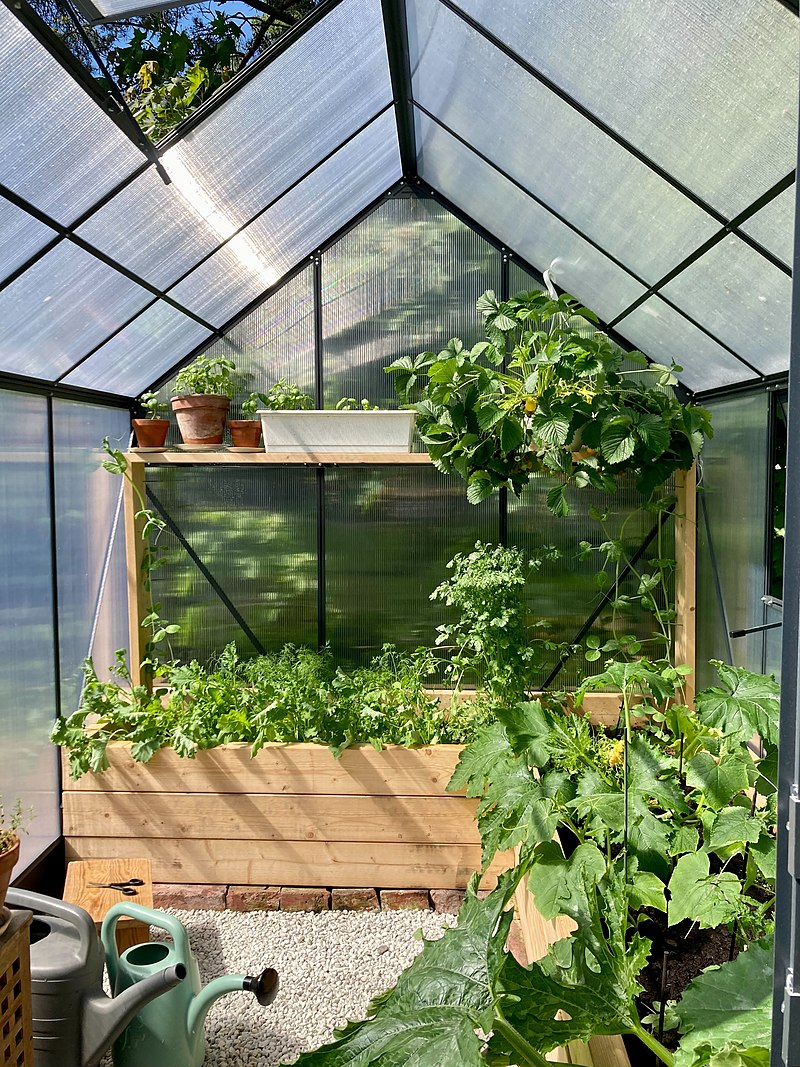Greenhouse history
A greenhouse is a facility with walls and a roof composed primarily of transparent material, such as glass, wherein plants that require controlled climatic conditions grow. These facilities vary in size from tiny sheds to huge industrial facilities.
These greenhouses contain screening, heating, cooling, and lighting systems that can be controlled by a computer to aid with plant growth. Growing plants in environmentally controlled places has been practiced since Roman times.
To have it accessible for the Emperor’s meal every day of the year, Roman gardeners employed artificial ways of growth similar to the greenhouse system. Greenhouses first appeared in the Netherlands and later in England in the 17th century.
The Netherlands now possesses many of the world’s largest greenhouses, some of which are so large that they can produce millions of crops each year.
Greenhouse in your garage?
Yes, a greenhouse might be a nice addition to your garage. However, there are certain things to consider. Creating your own greenhouse in your existing garage certainly will take some planning.
To allow the ideal quantity of sunshine to enter, you will most likely need to make changes to your garage. But you can also buy or create a greenhouse that replaces the sunlight with LED grow lights. If you are considering your budget, you can choose to modify your garage and do it yourself if you can.
A home greenhouse particularly inside your garage can provide a steady, warm environment in which to grow plants all year. They can also be utilized to get a head start on the growing season by planting plants like tomatoes and peppers early and then moving them out to the garden.
Things you need for your greenhouse in your garage
1. Space – Your choice should be large enough to accommodate you for many years. The first thing to consider when purchasing or constructing a greenhouse is how much growing space you will require. If you intend to produce veggies, you’ll need enough of light and space, which is also beneficial for hanging plants.
2. Ventilation – It is one of the most essential features of a successful greenhouse. The greenhouse must have appropriate ventilation and circulation. Air movement exchange keeps the temperature within the greenhouse consistent and refills carbon dioxide. Ventilation helps maintain that there is enough fresh air for photosynthesis and plant respiration, and it may allow critical pollinators to access the greenhouse crop.
3. Lighting – The greenhouse must be exposed to as much sunshine as possible. The sun not only helps the plants develop, but it also keeps the greenhouse warmer than the outside temperature. Some greenhouses also have lights, such as LED lights, that are turned on at night to increase the amount of light the plants receive.
4. Heating – Heating or energy is one of the most significant costs in the operation of greenhouses worldwide, particularly in colder climates. Because of the sunlight, the greenhouse gets quite warm during the day. A small electric heater will undoubtedly be required within the greenhouse. When necessary, turn it on.
5. Cooling – When the greenhouse becomes too hot for the plants within, it is often cooled by opening windows. This can be done manually or automatically.
6. Water Supply – The water should be approximately the same temperature as the room, because the shock of the temperature change can harm or kill the plants. Consider that each plant requires a different amount of moisture, so you need to research how much you should water each plant every day.
Impact on the environment and to humans
Greenhouse farming is an effective method to grow food on a little area of land while maintaining soil quality. It’s also a great way of saving water. Farmers use much less water since system water can be filtered and reused within the operation rather than being discharged into the environment.
Because greenhouses can be built in a variety of temperatures and geographies, food cultivated on a normal farm has a far bigger carbon footprint than food grown in a greenhouse. Although greenhouse farming is a more sustainable manner of food production than traditional farming, it still needs resources and investment.
Pros and Cons of Greenhouse
Pros
- Capability to grow things that you would not be able to grow otherwise just like some exotic plants/flowers.
- Greens, vegetables, and fruits that are fresh that are easily accessible to your home.
- Availability and success of transplants.
- Spend less money on produce.
- Keep out of pests and insect that may be harmful to your plants.
- If you love plants, you can do more of this easily because its just in your garage.
- You are free to start seeds and care for transplants anytime you wish.
Cons
- There will be an increase in your expenses such as your utility bills.
- Constant monitoring, maintenance, and care are required.
- Considerations for space and attractiveness.
- Building can be costly.
- Increased upkeep or higher maintenance.
Wrapping it up
Plants in residential gardens are said to provide numerous benefits to humans. So, having a greenhouse in your garage might help you be able to be surrounded with plants that will benefit you. This way, it will be easier for you to access it anytime you want.
It may cost you money on its construction, but there are benefits for the future. It can benefit your physical and mental health through the rewards of your hard work. It can also give a beautiful therapeutic ambiance in everyone’s home. Growing plants in your home can result in a healthy and happy family.


